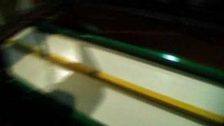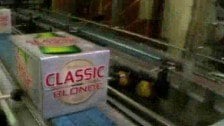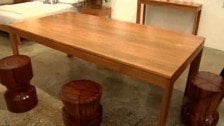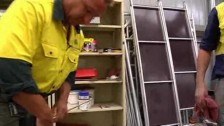Injection Moulding
Tom takes us through his Plastic Injection Moulding factory, Mastroplas. He shows us the different kinds of plastics he uses and the variety of products they produce - from products for mining, to toothbrush cases. He tells us about his passion for plastics and their variety, innovation and the ideas which emerge from the industry.
Tom Mastroanni shares how he came about to working in the industry. He swept floors in a plastics factory in high school. After completing an associate diploma in accountancy - he was drawn back to the plastics industry and bought Mastroplas ten years ago: the same company he had once worked in for part-time work.
What is Plastic Injection Moulding?
Injection molding is widely used for manufacturing a variety of parts, from the smallest component to entire body panels of cars. Injection molding is the most common method of production, with some commonly made items including bottle caps and outdoor furniture.
They process a wide range of plastic resinsincluding engineering materials such as polycarbonates, nylons, acrylics, polyurathanes etc.
Plastic injection molding is a manufacturing technique for making parts from both thermoplastic and thermosetting plastic materials in production. Molten plastic is injected at high pressure into a mould, which is the inverse of the product's shape.
After a product is designed by an Industrial Designer or an Engineer, moulds are made by a mouldmaker (or toolmaker) from metal, usually either steel or aluminium, and precision-machined to form the features of the desired part.
(From wikipedia.org)











